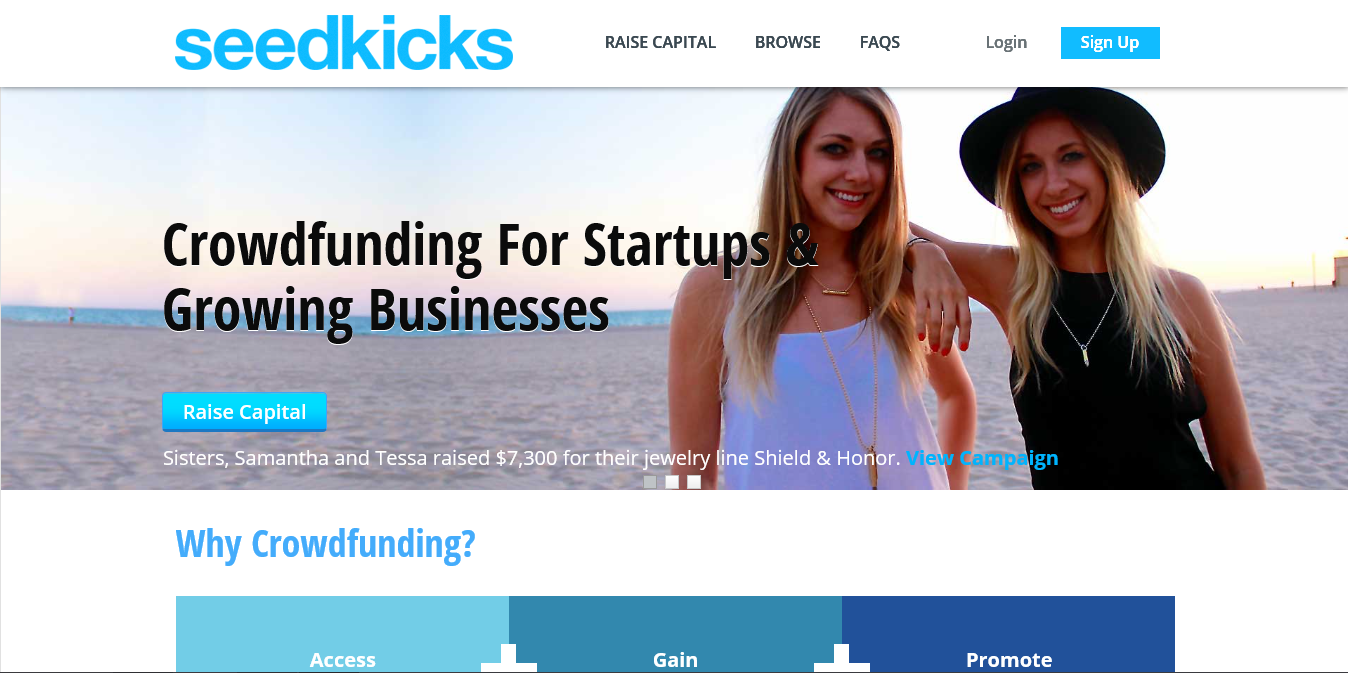Fidget Cube began on Kickstarter in 2016 as a small project.
The toy was created by two brothers, Mathew and Mark McLachlan, to be “an usually addicting, high-quality desk toy designed to help you focus.”
The fidget cube blew up—becoming a leading product in the battle against the epidemic of fidgeting. In fact, it became one of the most popular Kickstarter campaigns in history, raising nearly $6.5 million with 155,000 backers.
The fidget cube is an intriguing product. It’s simple, intuitive, and solves a problem.
But what is happening with the fidget cube today? In this post, I’ll take you through some of the history of the product, as well as its current standing in 2020.
Let’s get to it.
What is the Fidget Cube?
The fidget cube has six sides: each with their own unique fidgeting feature.
The possibilities include:
- Clicking: Clicking addicts can put down the pen and click any of the five buttons on the first side (two of them are silenced).
- Glide: Soothing via joystick. This side is similar to a video game remote, and will keep your thumb busy for hours.
- Flip: A pivot switch that provides silent fidgeting or audible fidgeting, depending on your preference.
- Breathe: Modeled after traditional worry stones, this side functions as more of a stress reliever than a fidget tool.
- Roll: Balls and gears designed to roll forever. The ball also has a built-in click feature, for clickers that are looking for a change of pace.
- Spin: A circular dial for spinners. The only question is, will you go clockwise or counterclockwise?
The McLachans designed the fidget cube to look great on any desk, and fit in subtly for any circumstance.
Whether you’re commuting, studying for a test, listening to a lecture, or binge-watching your favorite show, fidget cube is there for your clicking, clacking, and rolling needs.
The Fidget Cube Inspired a Movement
The fidget cube practically opened an entirely new market with its 2016 project launch.
Naturally, other companies and creators tried to emulate the original Antsy Labs invention.
On today’s market, there are tons of different types of fidget cubes, many of which are targeted at kids with ADHD and other focus-related disorders.
The fidget spinner—which took millennials by storm in 2017—is also a direct descendant of the fidget cube. Economic reports indicated that about 19 million fidget spinners were sold in the first six months of 2017 alone, making it one of the most successful products of the decade.
Poof! What happened to the craze?
After the popularity boom of both fidget cubes and fidget spinners in 2016-2017, a sudden drop off took place. It seemed that everybody was either fidgeting or spinning—then the boom ceased as quickly as it had come on.
So what happened to all the craze?
The truth is: nobody really knows. While toys are prone to boom and bust cycles, fidget cubes and fidget spinners remain in a class of their own.
 Perhaps it was because schools began to ban the toys, claiming that they were highly distracting to both users and other students.
Perhaps it was because schools began to ban the toys, claiming that they were highly distracting to both users and other students.
Or maybe it was the emergence of healing crystals, which promised both a relief from fidgeting and spiritual assistance. These products, after all, have had much more longevity.
Or maybe it was just a fad, dropped from society like a bad habit.
Nevertheless, the fidget cubes remains the tenth most funded Kickstarter campaign in history, and the McLachlan brothers certainly made their killing while the market was hot.
Fidget Cubes In 2020
While the boom surrounding fidget toys may be over, there is still a significant market in play for fidget-lovers.
The industry is a far cry from the original, six-sided fidget cube created by the McLachlan brothers.
For example, fi dget cubes have actually been converted into fidget balls.
dget cubes have actually been converted into fidget balls.
Additionally, aluminum fidget cubes have asserted themselves as market leaders due to their durability, proven stress-release benefits, and sleek design.
Fidget cubes are also still purchased by parents hoping to help their children with ADHD, though research surrounding the toy’s effectiveness is spotty. It appears that for some students it can be helpful, while for others, it can serve as more of a distraction.
Takeaways
The original fidget cube was a massive success with its 2016 launch on Kickstarter.
At one point, it was the second-most funded campaign of all time.
The product launched a movement of fidgeters everywhere, seeming to fill a massive hole a market that hadn’t even existed before the McLachlan brothers invention.
The original boom was unprecedented—likely because the product was so original, and many individuals identified themselves as fidgeters.
But, as time went on, the craze died out.
Although nobody knows exactly why, the product was still a radical success, and proves the power that can come from running a successful Kickstarter campaign.
Have you got an idea that could be as lucrative as the fidget cube? Check out my Youtube channel and blog for a ton of great tips of how to bring your passion project to life. Feel like your ready to launch? I’m ready to help! Reach out for a free coaching call, or leave a comment below. I love hearing from you guys!







